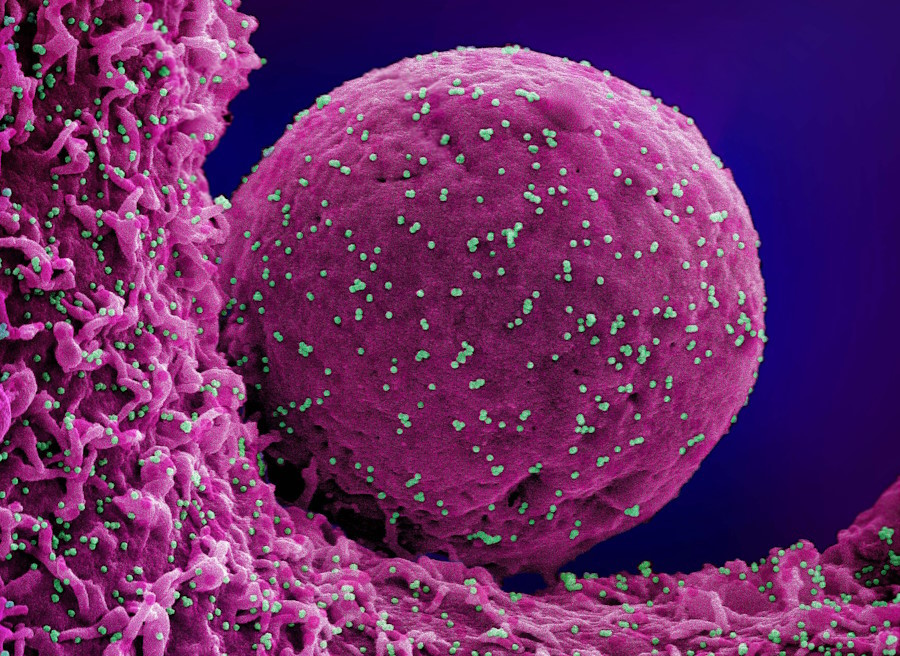The World Health Organization (WHO) has recently added a new COVID-19 variant to its list of variants under monitoring (VUM), and CDC also claims to be monitoring its development. The variant, named BA.2.86, has been detected in four countries so far: Denmark, Israel, the United Kingdom and the United States. Here are some key facts about this new strain and why it deserves attention.
What is BA.2.86 and where did it come from?
BA.2.86 is a subvariant of Omicron, the dominant lineage of the coronavirus that emerged in November 2021 and caused a global surge of infections and hospitalizations. BA.2.86 has 36 mutations that distinguish it from XBB.1.5, the most common subvariant of Omicron. Some of these mutations are located in the spike protein, which the virus uses to enter human cells and which is targeted by vaccines and antibodies.
BA.2.86 was first identified in Denmark and Israel in late July 2021. Since then, it has been reported in one case each in the UK and the US, and three cases in Denmark. The WHO said it made the VUM classification because “due to the large number of mutations it carries”.
How transmissible and severe is BA.2.86?
It is too early to tell how transmissible and severe BA.2.86 is compared to other variants of the coronavirus. The WHO said that more data are needed to understand this COVID-19 variant and the extent of its spread. However, some experts have expressed concern about its potential to outcompete other strains or evade immune responses.
How effective are vaccines against BA.2.86?
There is no evidence yet on how effective vaccines are against BA.2.86. However, previous studies have shown that vaccines can still provide protection against severe disease and death caused by other variants of the coronavirus, including Omicron and its subvariants. The CDC said that its advice on protecting yourself from COVID remains the same: get vaccinated, wear a mask, avoid crowds and poorly ventilated spaces, and wash your hands often.
What are the symptoms of BA.2.86?
The symptoms of BA.2.86 are likely to be similar to those of other variants of the coronavirus, such as fever, cough, shortness of breath, loss of taste or smell, headache, sore throat, runny nose, fatigue, muscle or body aches, nausea or vomiting, and diarrhea. However, some people may have no symptoms at all or only mild ones.
If you have any symptoms of COVID-19 or have been exposed to someone who has tested positive for the virus, you should get tested as soon as possible and follow the public health guidelines in your area.
How can I stay updated on BA.2.86?
The WHO and other health authorities are closely monitoring BA.2.86 and will update countries and the public as they learn more. You can also follow reputable sources of information online, such as news outlets, scientific journals, or official websites.
Although the world has come out from the pandemic situation, COVID-19 is still a threat. This time, countries in the world is equipped with better knowledge and alert.
Image Credit: NIAID – Novel Coronavirus SARS-CoV-2 (Omicron)
Colorized scanning electron micrograph of a cell (pink) infected with the Omicron strain of SARS-CoV-2 virus particles (teal), isolated from a patient sample. Image captured at the NIAID Integrated Research Facility (IRF) in Fort Detrick, Maryland.


